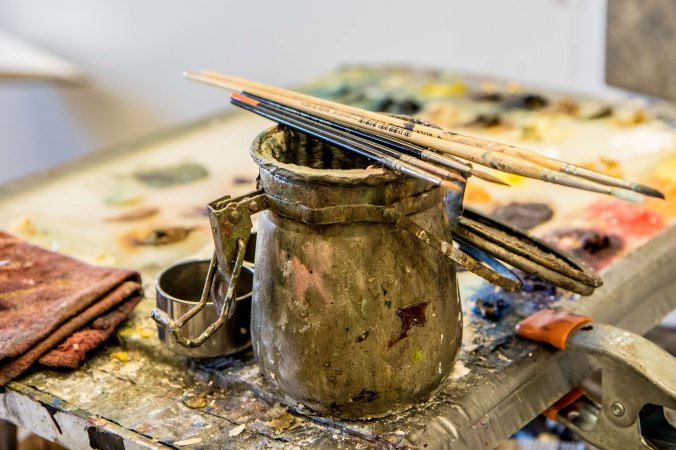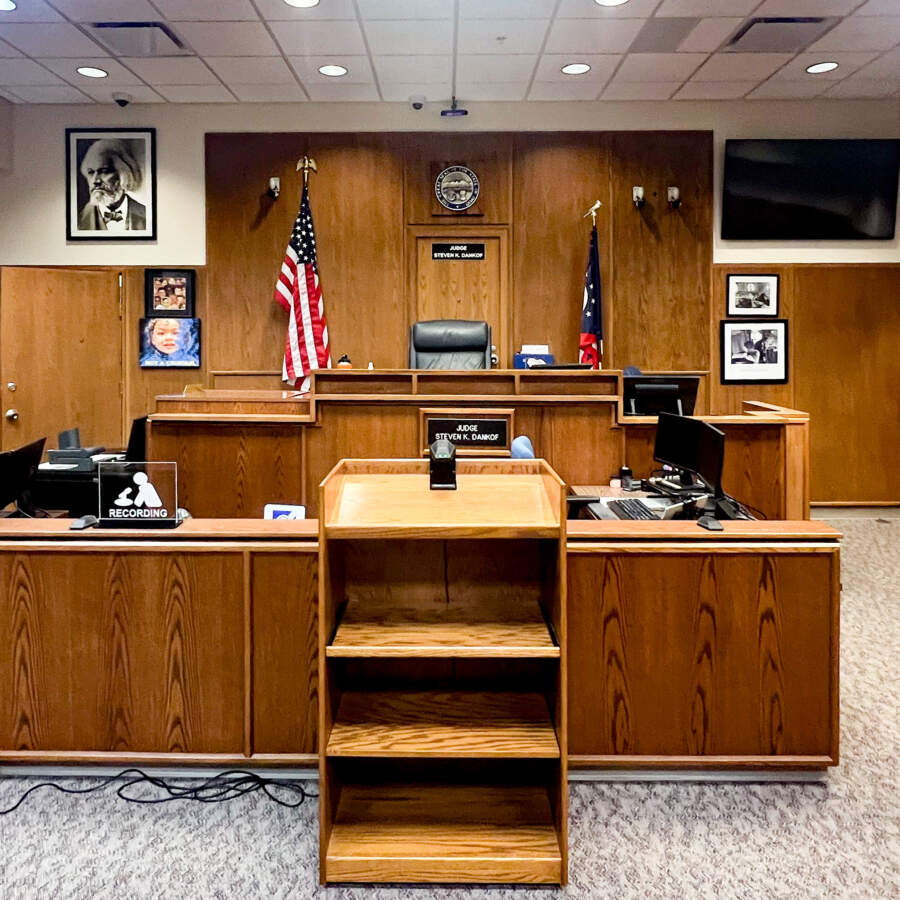
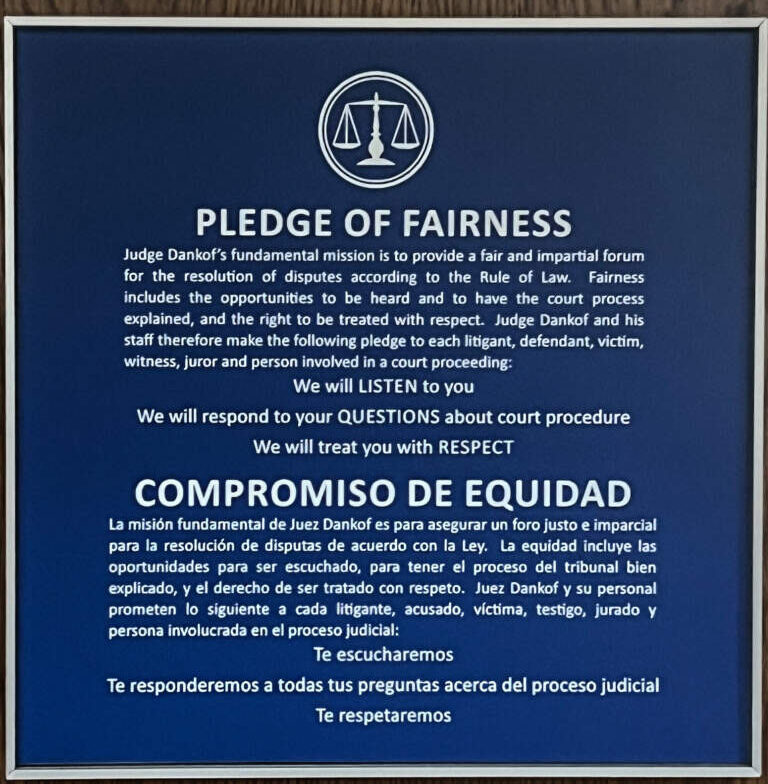
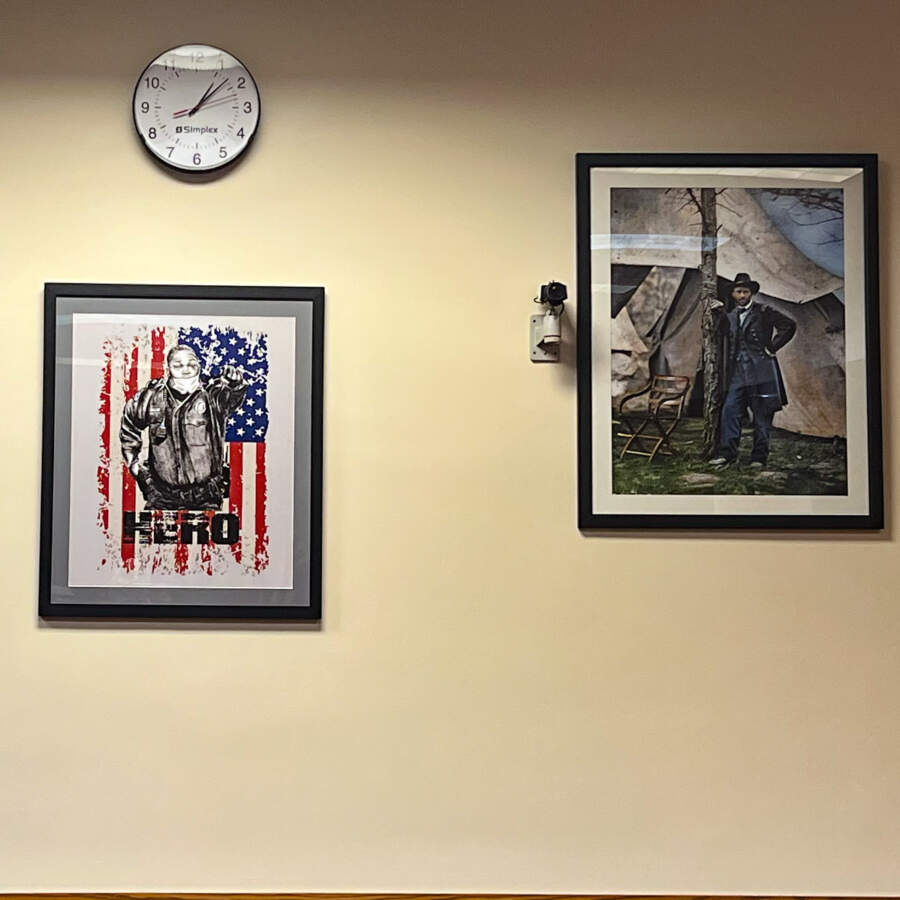
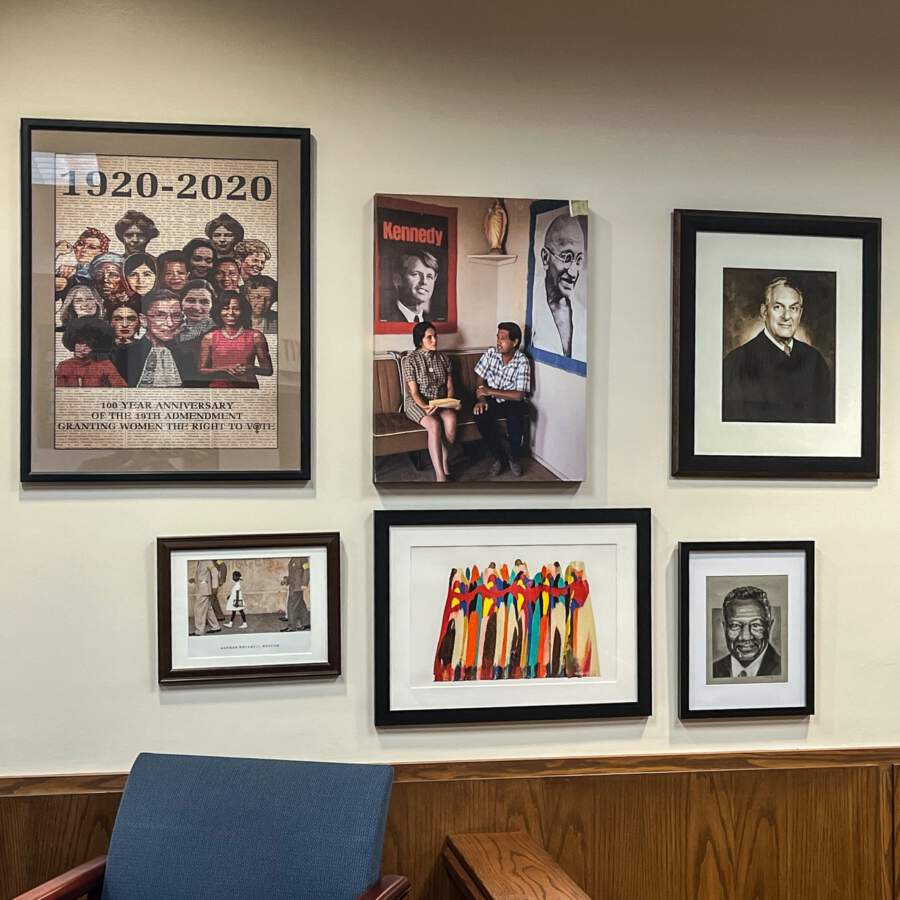
By Bill Franz




By Bill Franz
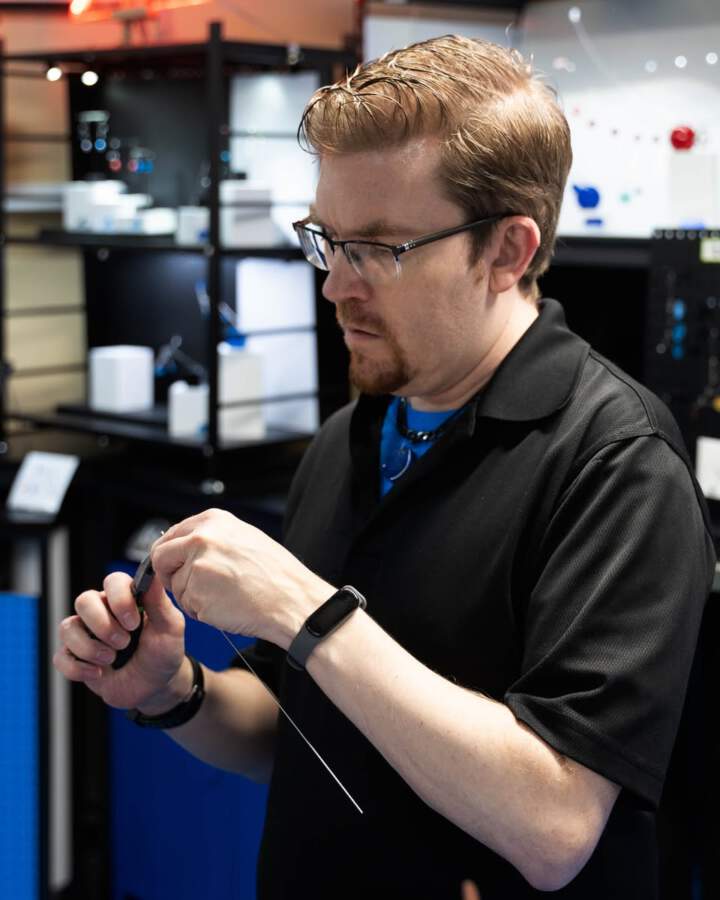 Conversation with Matthew Burgy of Matthew R. Burgy Artworks (Front Street, Building 100, BC door, 3rd floor). Are you a full time artist now, Matthew?
Conversation with Matthew Burgy of Matthew R. Burgy Artworks (Front Street, Building 100, BC door, 3rd floor). Are you a full time artist now, Matthew?



By Bill Franz
This series was inspired by words – President Trump’s lies about the Haitian immigrants in Springfield. I’ve decided that I should try to include words in the images I’m creating. I should use my words to combat those of the president.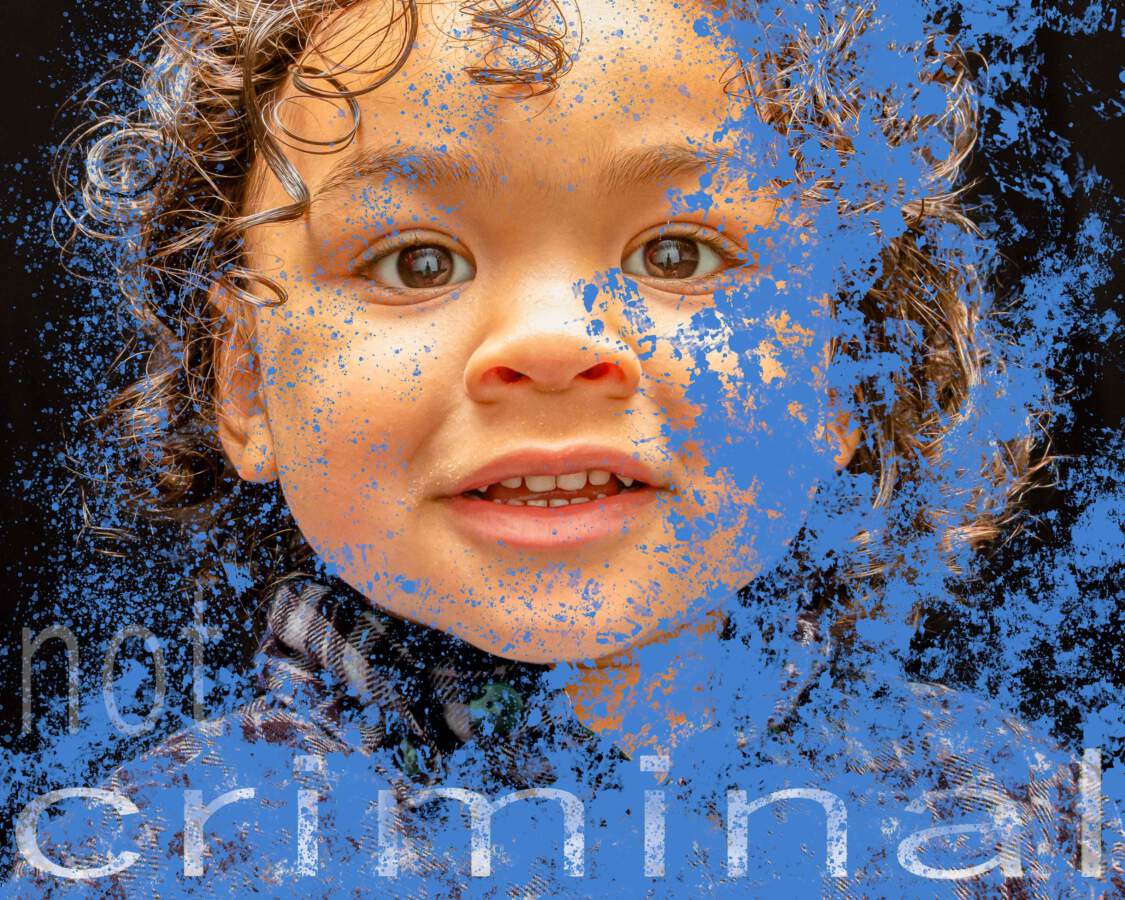
Lies and slander are part of the president’s schtick, the comedic style he uses to entertain his followers. Wikipedia lists more than 80 of his derogatory nicknames, like calling his predecessor “Crooked Joe.” The president uses those nicknames to demean other powerful people. It’s different when his slurs are directed at the most vulnerable.
When powerful people direct hate speech against the vulnerable I hear echoes of some of history’s worst events. Calling Haitians criminals who eat people’s dogs and cats makes me think of the Tutsis who were called cockroaches before the killings in Rwanda, or the Jews who were called vermin before their German citizenship was stripped away. Words aimed at dehumanizing the vulnerable can be a first step towards abuse. When we hear those words we need to shout them down.
Miguel’s parents brought him here to escape the violence in his native country. He has no documentation, so the president labels him a criminal. We cannot let that label stand. It can be used to justify abuses, claiming they were acceptable because they were directed only against criminals.
If the president wants to label some people as criminals, we should insist that he use the word accurately. A criminal is a person who has been found guilty in a court of law of committing a crime. The president is a criminal. Miguel is not.
By Bill Franz
Salona, part of my series Hidden Figures. Salona is a Haitian name that means “rare ruby” or “most beautiful.”
President Trump said the Haitians in Springfield are criminals who eat people’s dogs and cats. In fact they are legal, documented immigrants recruited by local businesses and supported by city officials as being good for the community.
The Springfield News-Sun quoted one of the Haitian immigrants: “No one wants to leave their native country, but a lot of bad things are happening right now because of the gangsters. We’re working here, we’re paying taxes here. We’re just trying to pursue a better life.”
The president says he is taking away the Haitian’s status as legal immigrants in August. That would force them to choose between returning to a violent, dangerous homeland and becoming “hidden figures” unable to work, drive or do other things legally. If he carries through with this threat the president will be hurting our local economy and increasing the number of undocumented immigrants.
It’s clear to me that the president’s attitude towards the Haitians employed in Springfield would be different if they were white. Just compare his statements about those Haitians with his statements about white farmers who are citizens of South Africa. He offered those white farmers a rapid pathway to U.S. citizenship if the South African government took actions that made them feel unsafe.
The president has always been in favor of immigration – as long as the immigrants are white. During his first time in office he repeatedly said he wanted more immigrants from “nice” (white) countries like Norway. Some of the people closest to the president are white immigrants, including his first wife, his current wife and his most important advisor, Elon Musk.
Facing discrimination because they are not white is nothing new for black undocumented immigrants. They have always been more likely to be deported than other immigrants, and more likely to suffer abuse during the process. I hope Salona and her family stay safe.
By Bill Franz
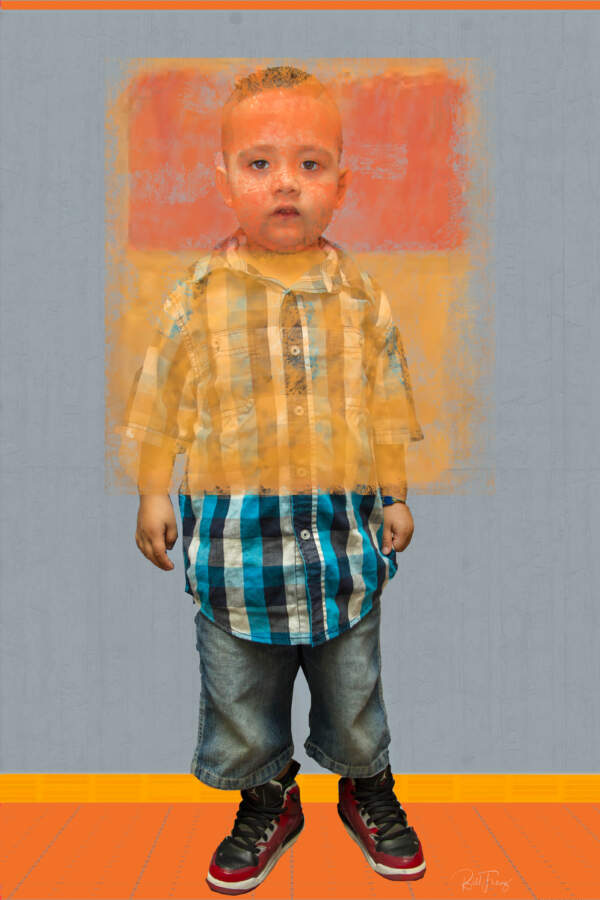 The inspiration for this series was President Trump’s lies about the Haitian immigrants in Springfield. His statement that they are criminals who eat people’s cats and dogs caused even Ohio’s Republican officials to complain. When a powerful person lies it makes me wonder what he’s hiding. It makes me want to know more about all of the immigrants he’s threatened and lied about. That eventually led me to this series.
The inspiration for this series was President Trump’s lies about the Haitian immigrants in Springfield. His statement that they are criminals who eat people’s cats and dogs caused even Ohio’s Republican officials to complain. When a powerful person lies it makes me wonder what he’s hiding. It makes me want to know more about all of the immigrants he’s threatened and lied about. That eventually led me to this series.
As I post the pieces in this series I’ll share some of the things I’ve learned about our country’s immigrants. In this piece some basic facts are built into the image. The boy is standing on an orange floor that takes up 11% of the image because 11% of the people now in the U.S. were born elsewhere and have documents that show they are now U.S. citizens or legal residents.
The gold band represents the 3% of people in the U.S. who were born elsewhere and don’t have documents. These are the millions of “hidden figures” President Trump says he’ll round up, imprison and send out of the country.
The background in blue refers to the 85% of people in the U.S. who are descendants of immigrants.
The top line is 1% of the image. It represents the only U.S. residents who are not immigrants or their descendants – Native Americans.
This series is about undocumented immigrants – hidden figures – and in this piece I’m using a photo of the boy I call Mateo to represent one of them. I have no idea whether this boy is actually an undocumented immigrant. He could be a fifth generation American. When I’m given the opportunity to photograph a child like this I don’t ask about his immigration status. I just say thank you and take the photo.
By Bill Franz
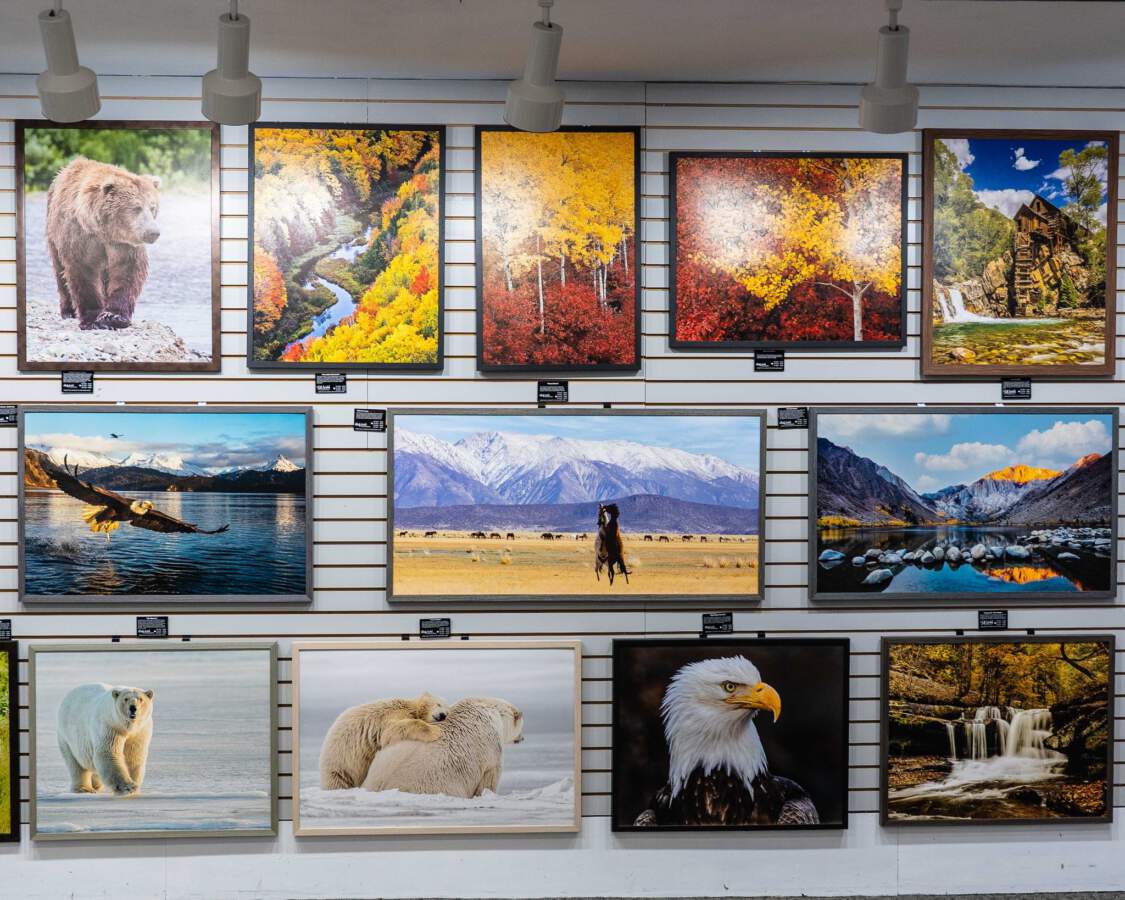
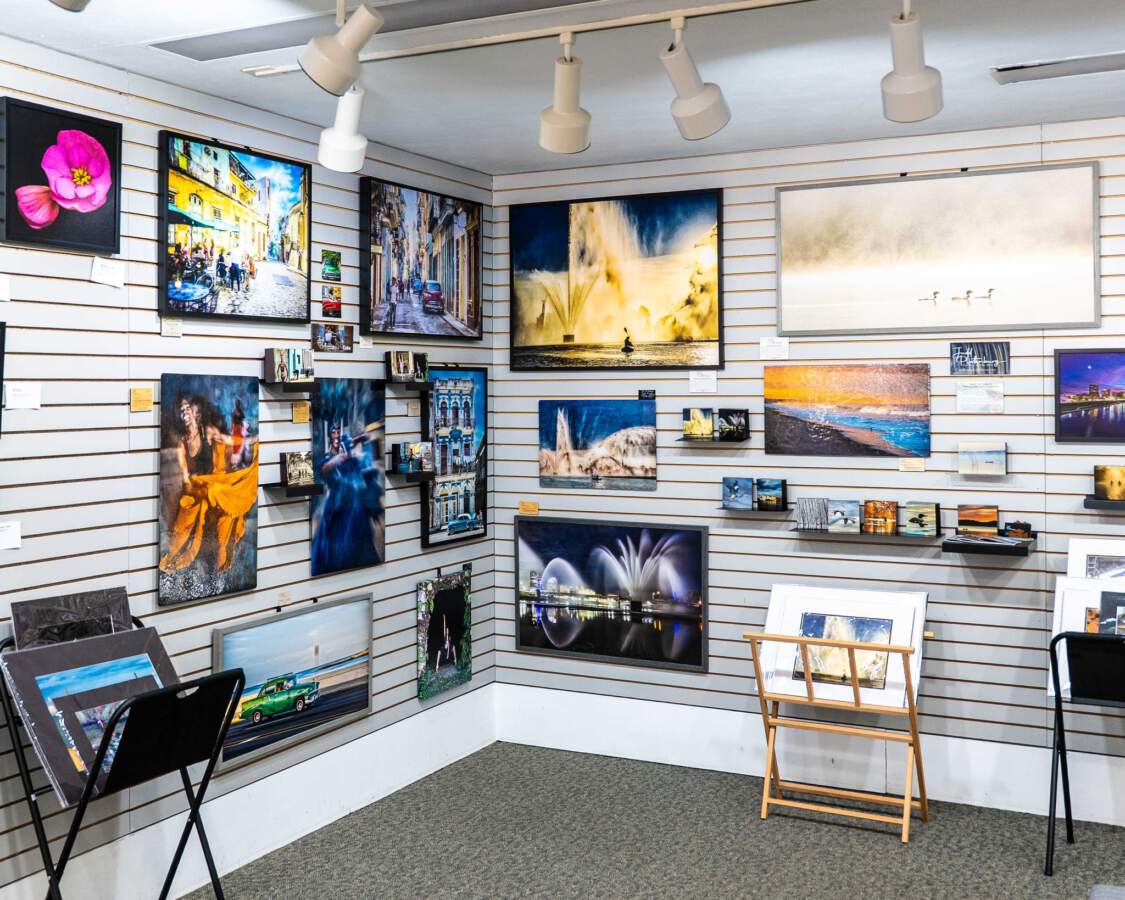
Sugarcreek Photography Gallery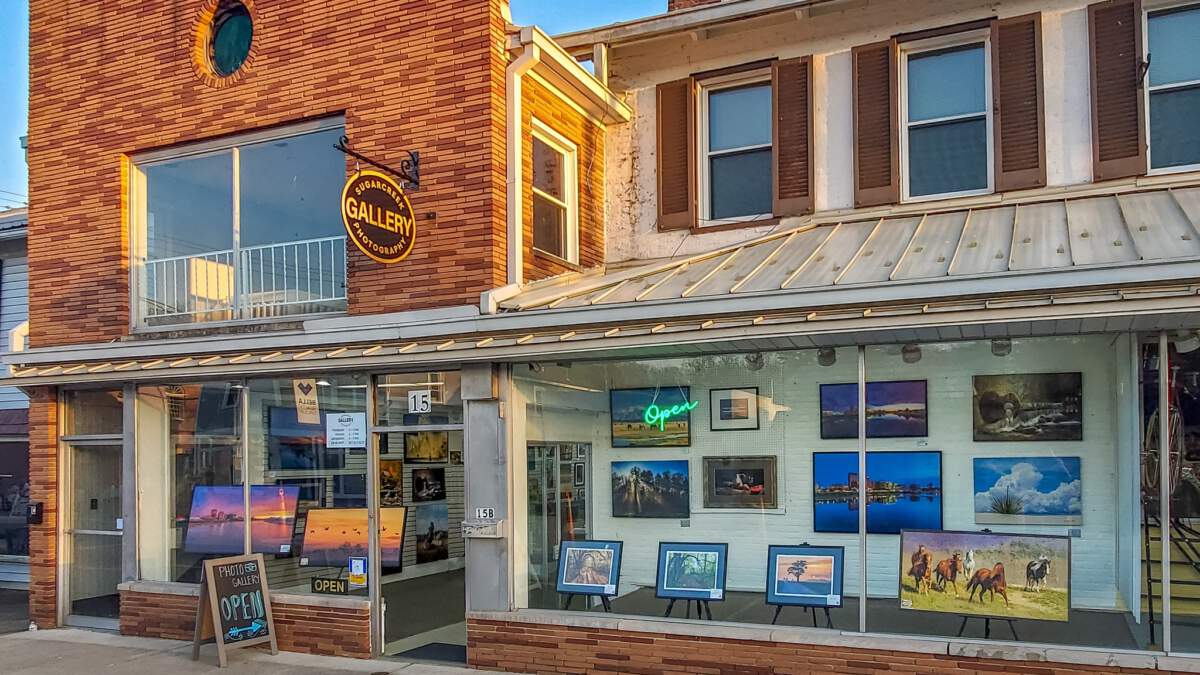
15 West Franklin St.
Bellbrook, OH 45305
Hours:
By Bill Franz
Yesterday my wife helped me hang “Jobs from A to Z” which will be in the 2nd floor gallery at @DaytonMetroLibrary until November 5th.
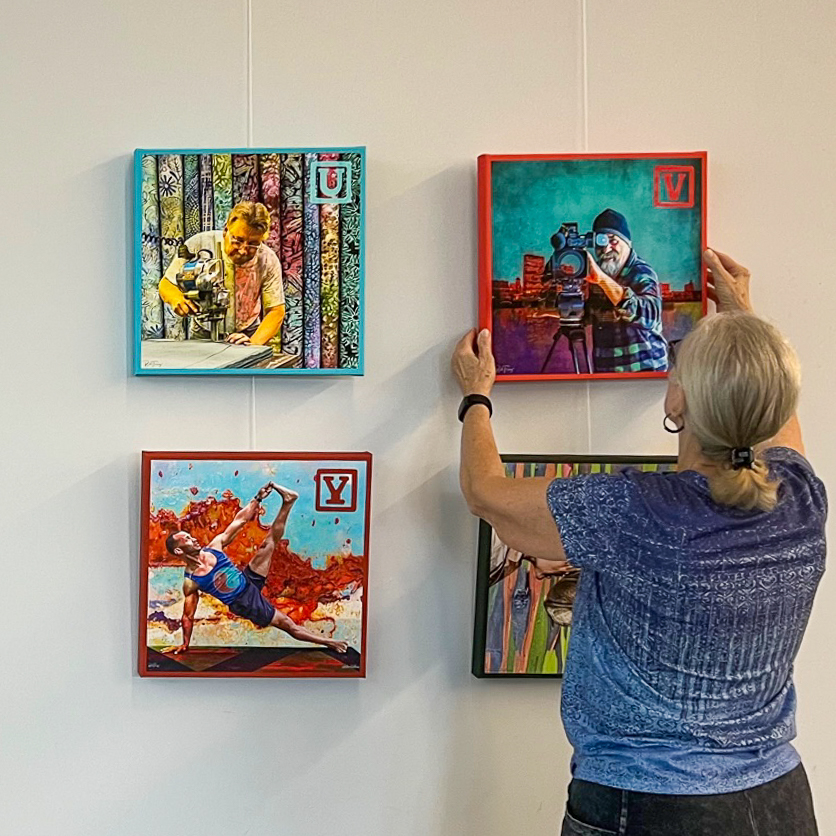
I started this series because the memory loss of my father-in-law Wally Willaman was making our time together difficult. I hoped that we could avoid discussions of the past by having fun working on a project in the present. It worked. We had a ball.
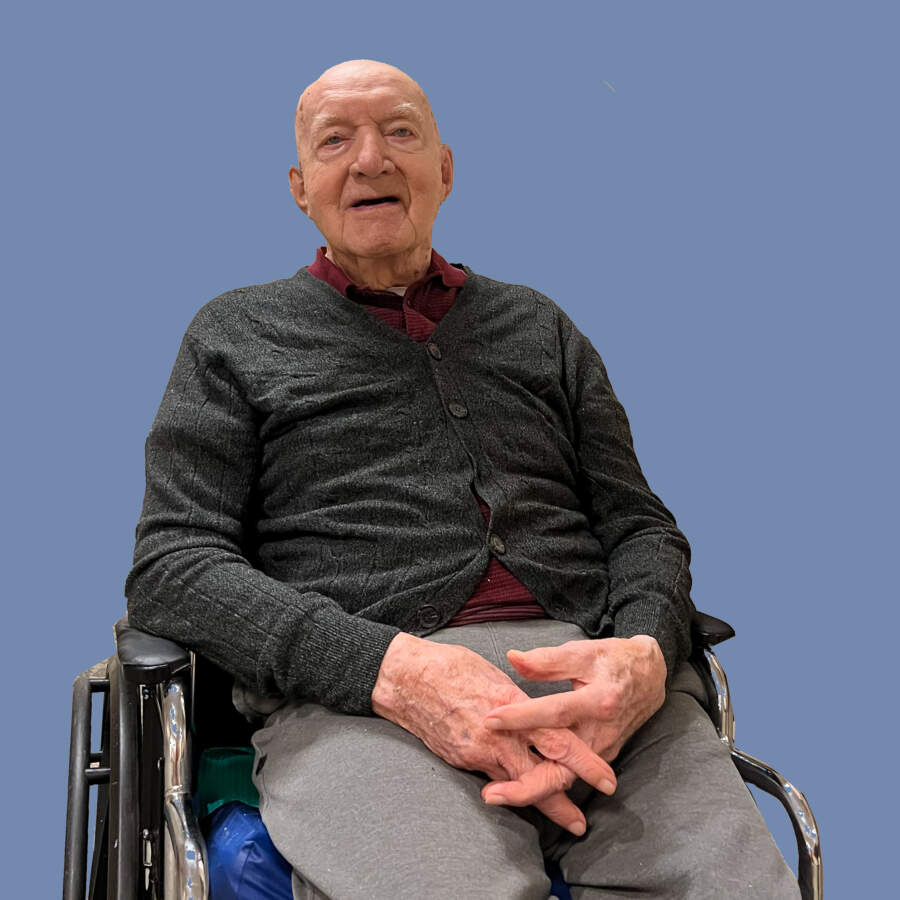
I told Wally that when we finished our art would be in an exhibition, thinking that would keep him interested in the project. But I knew it was likely that we never would make it to the end. Wally is 101, and I knew the project would take at least six months.
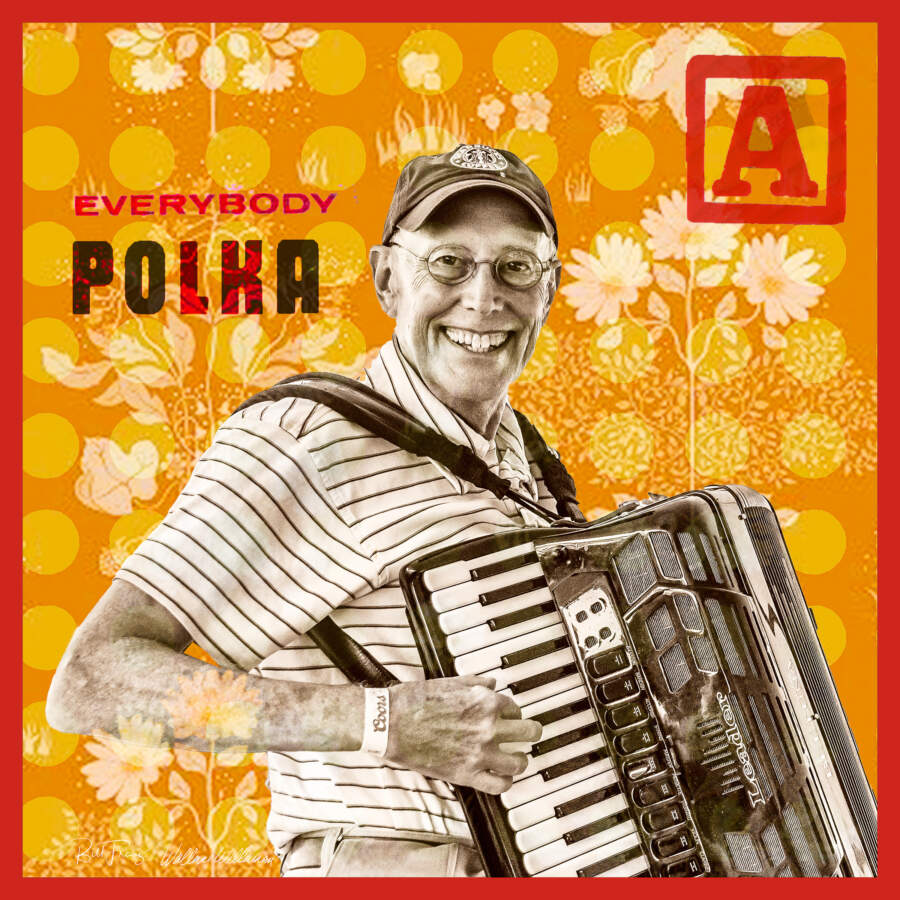
Well six months later we’ve made it all the way to “Z is for Zookeeper” and Wally’s still going strong. And the work will be exhibited twice. Michigan Medicine in Ann Arbor has an active arts in healthcare program. They will display “Jobs from A to Z” from March 11 to May 31, 2024 in a gallery where thousands of people will walk by it each day.

But Ann Arbor is too far for Wally to travel, so Jayne Klose, the library’s Community Engagement Manager, helped us out. She invited us to exhibit at Dayton Metro Library.
Wally and I hope people have as much fun viewing this art as we did making it.
By Bill Franz

By Bill Franz
Old North Dayton has always been home to immigrant groups. In the early 1900’s the area had the Kossuth Colony, built to house immigrants from Hungary. There was a 12 foot fence all around their neighborhood. This was so unusual that it attracted visitors. People took the streetcar to “see for themselves the strange fenced-in settlement of North Dayton.”
Now there are three international markets in Old North Dayton serving different immigrant groups. Monday afternoon I visited all three. My first stop was U. S. International Foods, a small shop at 2106 Old Troy Pike.

The shop has Russian and Turkish items. The sales clerk spoke only Russian, but the packaging helped me understand most of the products, like these Kopobka cookies.
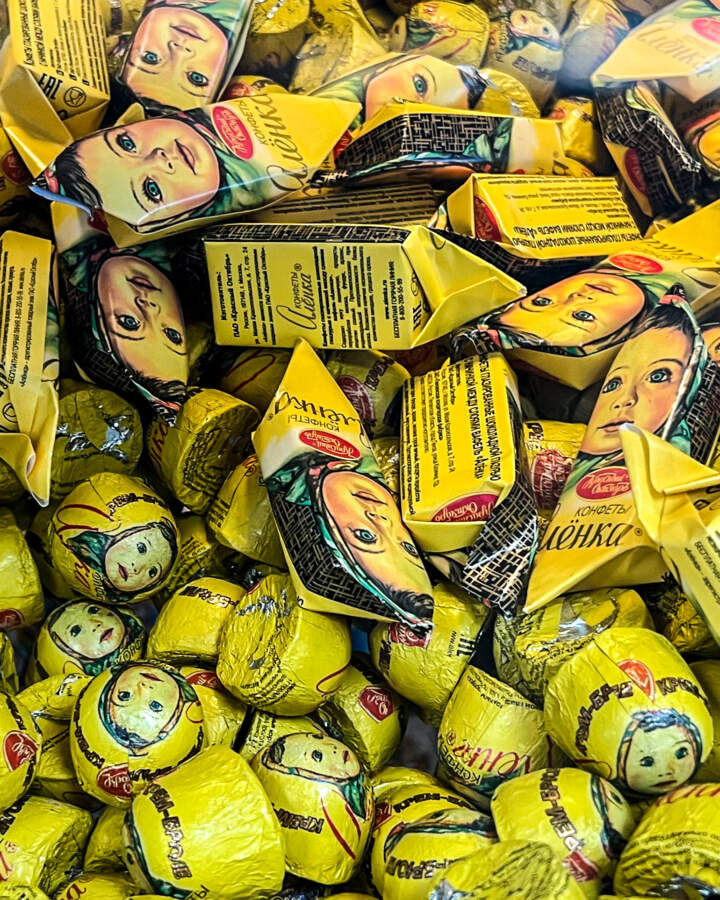
I’ll tell you about another international market tomorrow.
By Bill Franz
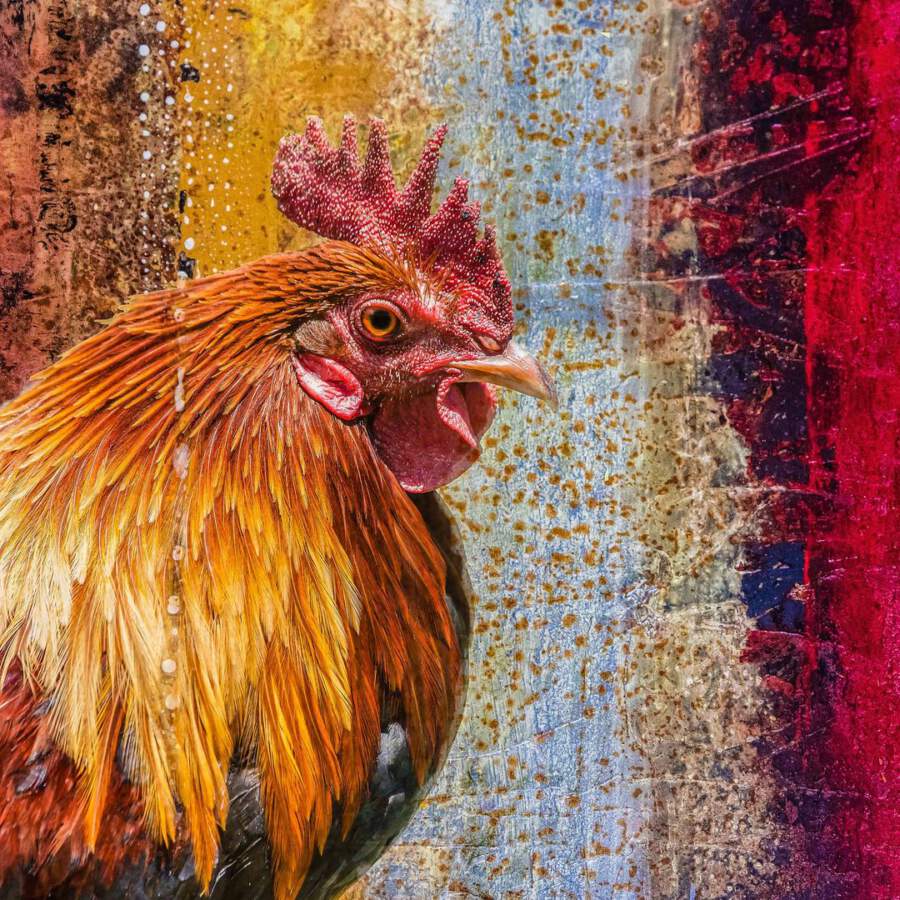

By Bill Franz
By Bill Franz
When I retired I picked up a camera, learned how to use it, and became a volunteer photographer. My first project was taking photos of animals for the Humane Society. I enjoyed that so much that I started doing projects for other nonprofits. As I was doing these volunteer projects, and finding other places of interest with my camera, I felt like I was finally getting to know the area where I had lived all these years. I decided to share photos of what I was discovering on a facebook page called “Dayton at Work and Play.”

Greek Festival in Grafton Hill
At the start of 2019 I made a New Year’s Resolution to take and post at least one photo on my facebook page from each of Dayton’s 66 neighborhoods.
After fifteen tornadoes hit Old North Dayton I photographed volunteers from all over the area helping in the cleanup efforts. A few months later, I again photographed people from all over the region as they gathered together in reaction to the mass shooting in the Oregon District. Then I started to rethink this project. I decided I didn’t want to go into a new neighborhood and take photos of buildings or some interesting landscape. I just wanted to take photos of people from all 66 neighborhoods, people from every corner of Dayton.
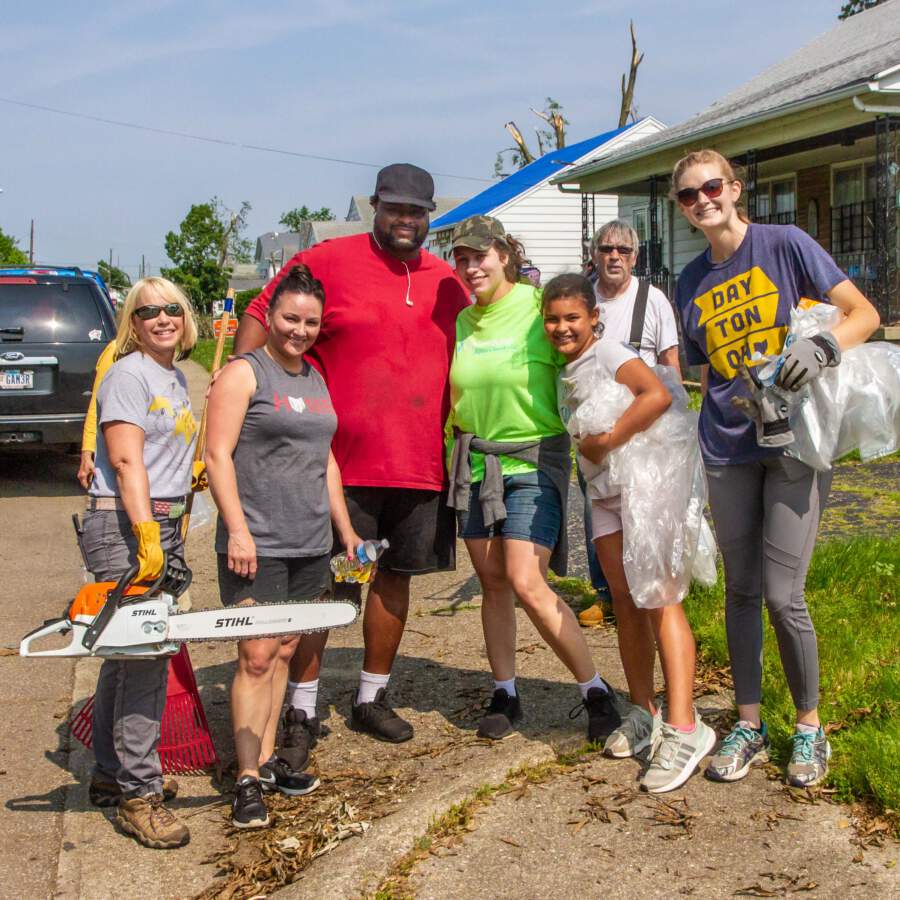
Volunteers working in Old North Dayton
The reaction to this project idea was wonderful. Mayor Whaley and her husband Sam posed for me one Saturday morning and then introduced me to the leaders of some of the Neighborhood Associations. Bryan Taulbee and others on the city’s staff helped me understand when and where all of the city recreation activities were happening. City planning division manager Tony Kroeger helped me understand the exact boundaries of the neighborhoods. People invited me to block parties, to neighborhood events, and into their homes and their businesses. It was great.

Playtime Nursery School in Residence Park
I remember driving around Dayton’s Pineview neighborhood and seeing a man watering his lawn. I stopped and told him about my project. He said he’d grown up on this block and then left to go to college. After college he lived in Chicago and then New York. He had recently moved back to Dayton.
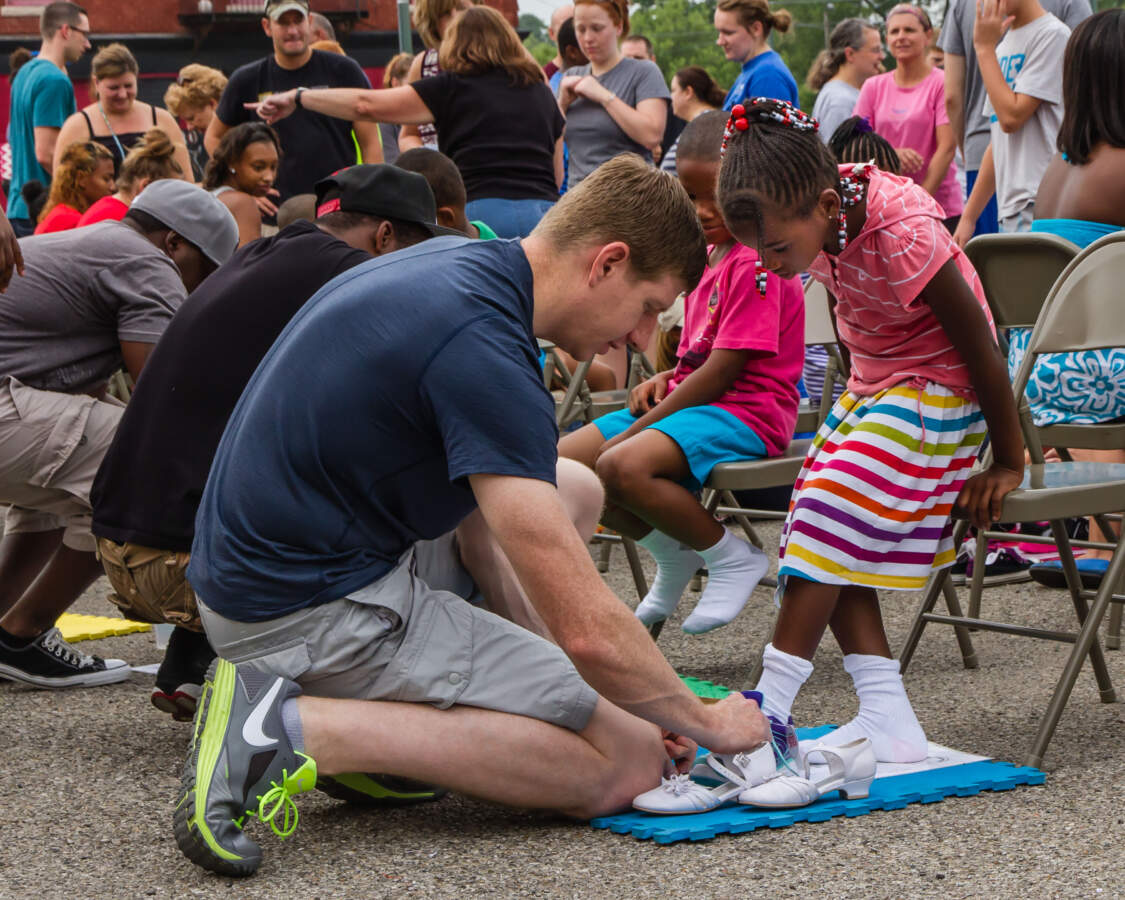
Shoes for the Shoeless Event at Mt Enon Church
“I like being around the people I grew up with, and I like the size of Dayton” he told me. “In Chicago or New York you couldn’t get the whole community to come together the way Dayton did after the two tragedies we had this summer. This project of yours seems timely, Bill. Having an exhibition of photos of people from all corners of Dayton is a good thing for us to do now. I would be glad to have my photo up in your exhibition.”
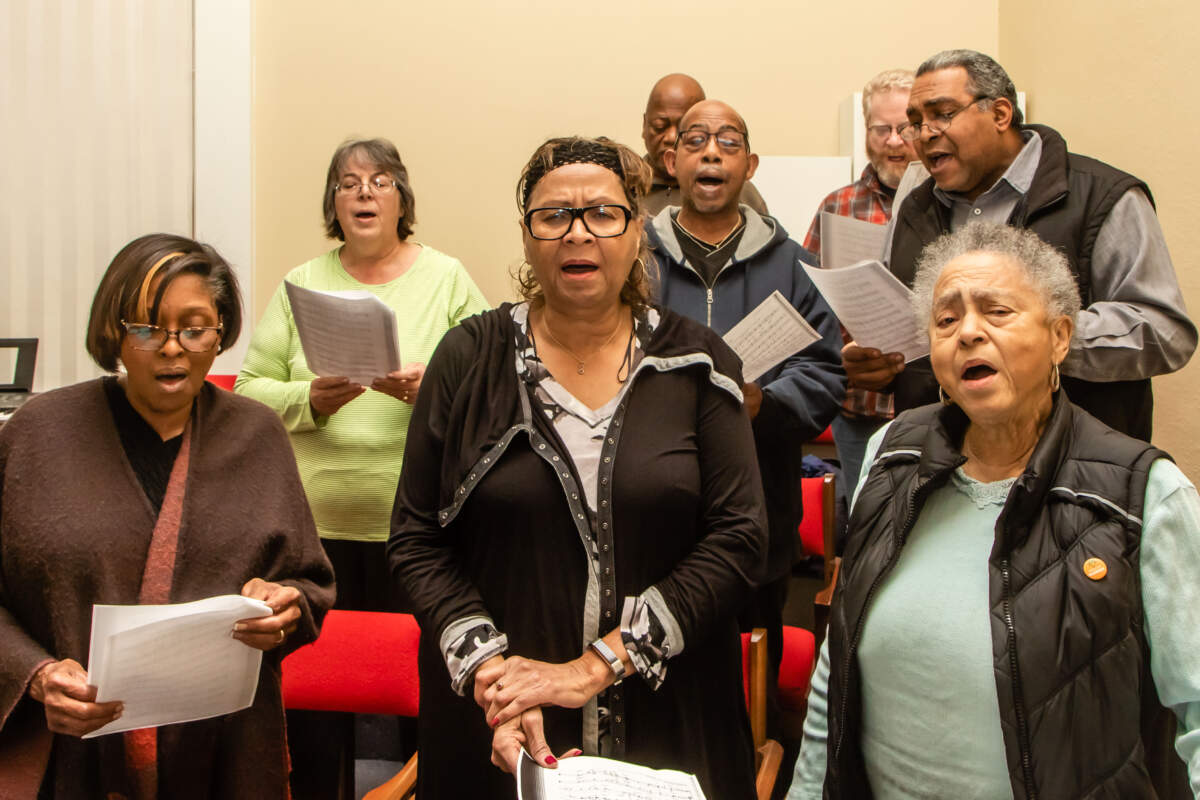
Choir rehearsal at College Hill Community Church
The exhibition was being organized by Rebecca Sargent, then the Program Director at K12 Gallery. The photos were printed, the promotional materials were prepared and everything was ready for an opening April 2, 2020. Like many things that were planned in 2020, it never happened. I’m glad the Dayton Metro Library has decided to exhibit these photos now.
Those 66 photos are now on display through September 25 in the Dayton room of the Dayton Metro Library.
By Bill Franz
I have been working to get photos from each of Dayton’s 66 neighborhoods for a show that opens April 2 at K12 Gallery and TEJAS (341 South Jefferson). The last neighborhood on my list was Mount Vernon. There I met Carmen Gooden, co-founder of of The Linda Vista, Inc. (1011 Linda Vista Avenue).
Carmen and a partner bought and refurbished an 11 unit apartment building. Carmen knew from her own history that childhood sexual abuse can lead to a life filled with bad choices. She filled her building with women who have suffered childhood sexual abuse and are homeless and are ready to make the changes required to get their lives back on track.
Each of the women and their children lives in a fully furnished apartment for up to 2 years. They work with a case worker to develop a self-sufficiency plan. Carmen says her program “replaces the negative, complacent mind-set that often accompanies a lifestyle of poverty and homelessness with a mind-set that supports success and self-sufficiency.”
Count me as a fan of Carmen and her work. You can expect more photos from Linda Vista.
By Bill Franz
 Walking around the Wright Dunbar area, I’ve admired the vacant Allaman building at 1000 West Third. It was built in 1914 by Dr. Allaman and once housed doctor’s offices and apartments. In 2002 it was bought and refurbished by Wright Dunbar Inc. but remained empty.
Walking around the Wright Dunbar area, I’ve admired the vacant Allaman building at 1000 West Third. It was built in 1914 by Dr. Allaman and once housed doctor’s offices and apartments. In 2002 it was bought and refurbished by Wright Dunbar Inc. but remained empty.
Now you can add this building to the list of properties recently sold to a developer. Plans are to turn the upper two floors into four condos and rent the ground level to a store or coffee shop. Great news.
By Bill Franz
 with one of his photos currently being exhibited at Gallery St. John (4400 Shakertown Road in Beavercreek).
with one of his photos currently being exhibited at Gallery St. John (4400 Shakertown Road in Beavercreek).
I have been a fan of Brother Lemker’s work for years. He taught a photography course for the Osher Lifelong Learning Institute a few years ago.
I tried to take that course but it was closed out by the time I applied. I am similarly late in telling you about Brother Lemker’s exhibition.
The last time it’s open to the public is Sunday from noon to 3 pm. If the weather isn’t too bad that day you should check it out.
If that doesn’t work just wait a year and he’ll have another show at that gallery.
I asked Brother Lemker to pose with a photo I love called “Reeds and Reflections.” It looks more like an abstract painting than a photograph.
“That photo sort of put me on the map,” he told me. “I submitted it to the Sierra Club and they included it in their calendar. I must have gotten
100 letters about that photo, and a lot of requests to use it in other publications. I took the photo at a small lake where I was camping. That’s what
I used to do when I was younger. I would camp at a spot and wait until the conditions were perfect for a photo. Now that I’m 88 I don’t camp like I did,
but this show includes a lot of nature photography I’ve done right here in Dayton.”
“Five artists, each a Marianist Brother, share this gallery. We each have one exhibition here every year.
So as soon as this show closes I will start work on next year’s exhibition.”
By Bill Franz

I visited Jeremy Long in his studio in the Creative Arts Center at Wright State University.

As I entered, I saw that Jeremy was working on a small painting of his wife, artist Colleen Kelsey.
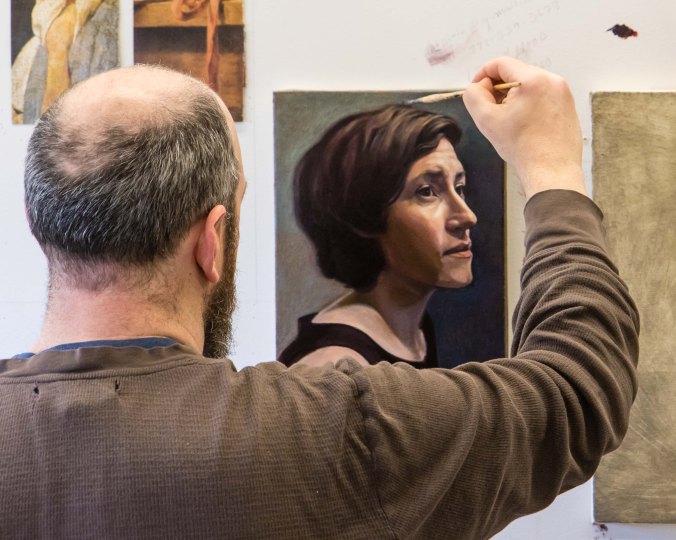
I asked about two photos placed on the wall to the left of his painting of Colleen, where Jeremy could see them as he painted. “Those photos show details of a piece by the 18th century painter Jean-Baptiste-Simeon Chardin,” Jeremy told me. “He was able to create remarkably life-like textures in his paintings. I like to look at his work as I paint just to remind myself of what is possible if I get everything right.”
I noticed another painting of Jeremy’s wife on the floor.

“That painting is how I managed to first get to know my wife,” Jeremy explained. “We were both at the Chautauqua School of Art that summer. I asked her to pose for me, and after a few sittings we started to date. I never did finish that piece, but Colleen and our children appear in most of my large works.”
I knew that Jeremy was best known for his large paintings (typically 6 foot by 8 foot) which include members of his family. I asked how long these works take. In place of a direct answer Jeremy suggested I look at the painting below as he walked me through some of the steps.

Jeremy told me he started painting on a smaller canvas, possibly 3 feet by 4 feet like this one. First he paints something abstract, in this case just three bands of color. Then he adds complexity to the abstract work. Next he tries adding figures in various configurations in ways that fit his original abstract design. He also tries out various ways of getting the viewer to look intently at the piece, like the way one of the arms he has drawn on the left might belong to either of two figures. He changes all or part of the composition many times, until this small canvas has numerous layers of paint and Jeremy has a design to use on the large canvas.
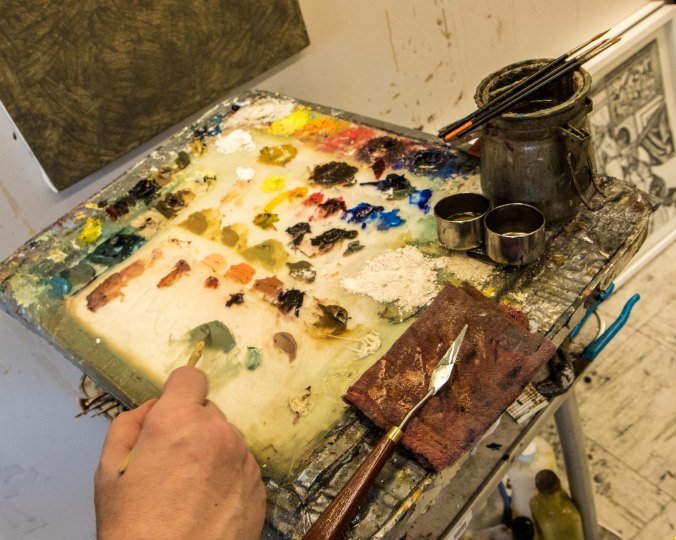
Painting the large canvas is also time consuming because Jeremy does indirect painting. That is, he builds the final image by painting several layers of paint, one over another. The upper layers modify, but don’t completely conceal, the lower layers.
A poster I saw in Jeremy’s office came from a show he recently had at the Bowery Gallery in New York. The poster featured one of Jeremy’s large paintings.

I told Jeremy that I thought he had only one son, but the painting showed two young boys. “I added a son for compositional purposes,” he explained.
Jeremy said a retired gentleman came to the Bowery Gallery show because he was drawn (as I was) to the painting on the poster. The man had never purchased any art before, but he bought Jeremy’s painting and found a space to hang the 6 foot by 8 foot piece in his small New York apartment. The man lives alone, but now he shares his small space with a wonderful work of art and with an image of Jeremy’s family. Somehow that makes all of the time Jeremy put into that painting worthwhile.
I asked Jeremy to pose for a quick portrait.
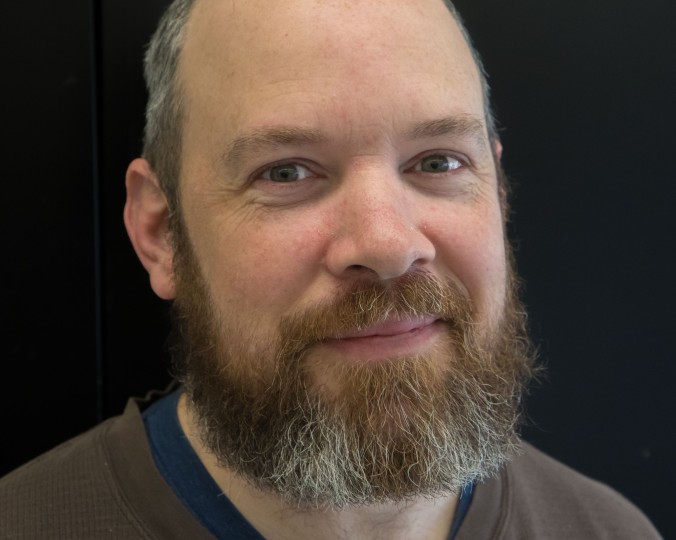
Then I left and Jeremy returned to the painting of his wife.
